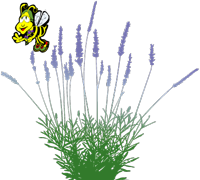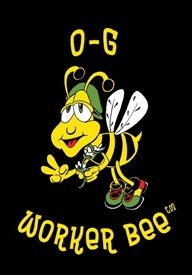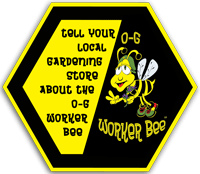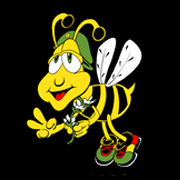Organic-Approved Pesticides: Minimizing Risks to Pollinators
Source: The Xerces Society
Approximately four thousand species of bees are native to the United States. These wild insects provide crop pollination services, and are often specialized for foraging on particular flowers such as tomatoes, squash, berries, orchard, or forage crops. This specialization results in efficient pollination, high yields, and larger fruit.
While the non-native Eurpoean honey bee (Apis mellifera) is the most important managed crop pollinator, its numbers are in decline because of disease and other factors. This makes native bees, which contribute an estimated $3 billion worth of crop pollination annually to the U.S. economy, more important than ever. Native bees are of particular importance to organic farming because unlike honey bees, their populations can be supported without the use of antibiotics and other chemical inputs.
The reduced use of pesticides, as well as more sustainable management practices, makes organic farms an important asset in protecting our national pollinator resources. Many organic operations already have good numbers of wild bees. In some cases, these native bees can effectively provide all necessary crop pollination services when adequate habitat is available and bee-friendly management practices are implemented.
Unfortunately, however, even pesticides approved for organic agriculture can cause significant harm to bees. This fact sheet provides a brief overview of how to select and apply pesticides for organic farm operations while minimizing pollinator mortality. Keep in mind that the same practices outlined here that help protect pollinators also may protect beneficial insects such as parasitoid wasps, predacious flies and beetles, ambush and assassin bugs, lacewings, and others. The presence of these insects can further reduce pest pressure and the need for chemical treatments.
Tags: Bees, high yield, insects, Organic Farming, organic-approved pesticides









